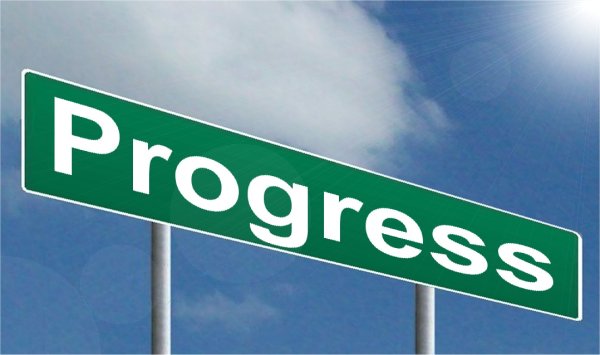To encourage customers to actively participate in your loyalty program, they need to see value in doing so. From a program management perspective, it is important that you regularly audit the value provided by your program in order to create sustained engagement with your current and potential program members. This is especially critical if you have recently made changes to your program or are about to implement changes. A classic loyalty program article in the Harvard Business Review suggests a really useful framework that lays out five criteria for assessing loyalty program value. I would like to explain these five criteria here and offer an illustration of how several well-known loyalty programs fare on these criteria.
Criterion #1: Cash Value
This first criterion should be a no brainer. It refers to the financial value consumers receive from participating in your program. You can determine your program’s cash value by calculating its reward ratio. That is, how much does a member receive in terms of free rewards for every dollar spent? Take Starbucks Rewards as an example, consumers earn 2 stars for every dollar spent (without promotion). A free reward is issued every 125 stars accumulated, or $62.5 spent. Assuming consumers redeem the free reward for the more expensive items on the menu (say, with an average price of $5), they would receive a cash value of $5 for every $62.5 spent, or 8 cents per dollar spent. That is the reward ratio for the program. To calculate your program’s reward ratio, use this more general formula: reward ratio = (average reward value/average point threshold) x number of points earned per dollar. In the case of Starbucks above, reward value ratio = ($5/125)*2 = $0.08 per dollar (or 8%). This is actually really high compared with typical credit card reward ratios of 1-2%. If you already know the average value per point, you can also directly calculate your reward ratio as average $ value per point*number of points earned per $1. Continue reading “5 Criteria for Assessing Your Loyalty Program Value”


